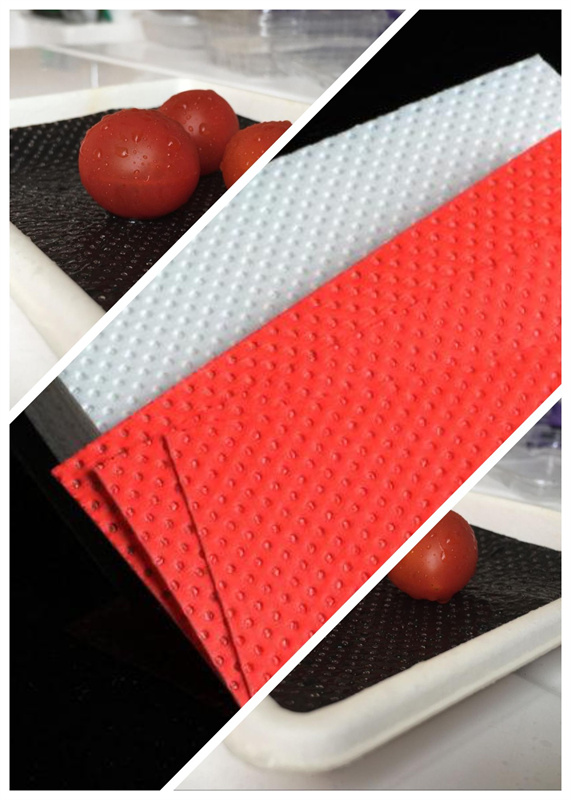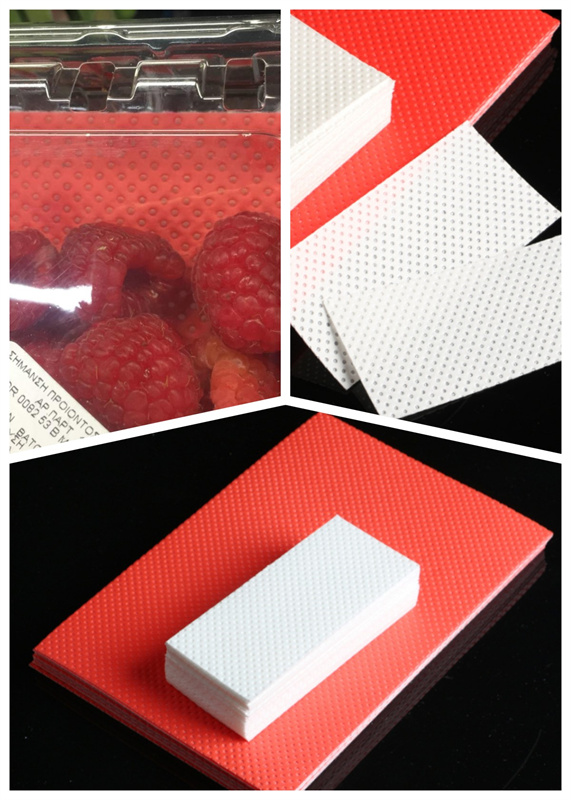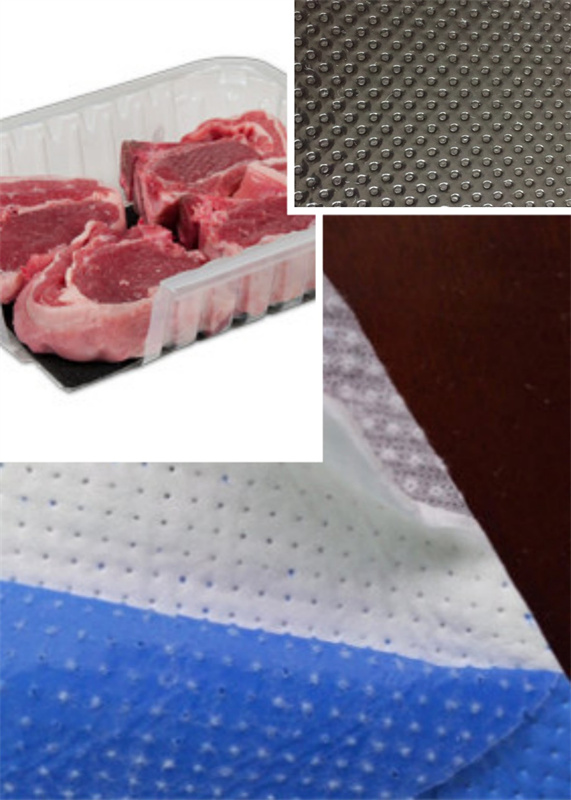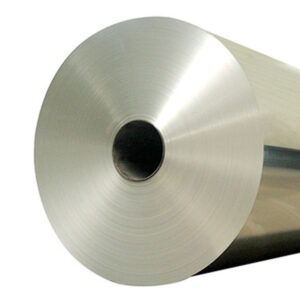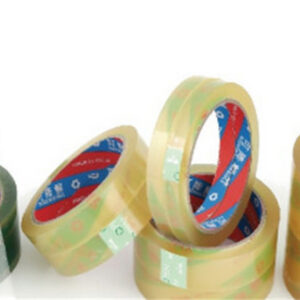Why use Fruit Soaker Pads for fruits?
In today’s rapidly evolving society, food safety and freshness have become the focal points of increasing concern. Whether in production, transportation, or sales, using Fruit Soaker Pads is an effective method is required to ensure the quality and freshness of fruits. The fruit soaker pad’s exceptional water absorption and convenience make it vital in the fruit’s packing. This article explores pad benefits, material traits, customization, and uses, offering readers a full grasp of its innovation.
I. Advantages of Fruit Soaker Pads
As an innovative preservation method, the fruit soaker pad offers many advantages. Firstly, its remarkable water absorption capability enables swift absorption of moisture from the fruits, maintaining their dryness. This, in turn, slows down fruit decay, extending the shelf life. Secondly, the pad prevents direct contact between fruit and packaging materials, reducing friction and preserving the integrity and aesthetic appeal of the fruits. Additionally, it offers a degree of cushioning, mitigating the impact of external forces and ensuring fruit safety, especially for berries. Notably, the disposable nature of the soaker pads eliminates the hassle of cleaning and reusing, enhancing convenience and hygiene.
II. Raw Material Characteristics
Manufacturers craft food freshness absorbent pads from polyethylene and dust-free paper. Polyethylene, a synthetic material renowned for its durability and chemical resistance, boasts excellent physical properties. It effectively isolates food from the external environment, safeguarding freshness and quality. Dust-free paper, a pristine and particle-free paper material, exhibits high water absorption capabilities, quickly soaking up surface moisture and maintaining dryness. The combination of polyethylene and dust-free paper ensures not only superb water absorption but also adequate resistance to pressure and tearing, ensuring stability and durability during usage.
III. Customization Options for Various Needs
Pads meet diverse needs, customized for sizes and types like fruits, veggies, meat, and seafood. Customers can choose the soaker pads based on food type, size, and packaging method, facilitating personalized preservation solutions. Catering to foods and improving packaging boosts aesthetics, user experience, and efficiency.
IV. Applications
Soaker pads find widespread application in various segments of the food industry, including production, transportation, and sales. During food production, place absorbent pads at the container bottom to absorb released moisture, enhancing product value by maintaining appearance and texture. Secondly, during food transportation, soaker pads placed at the bottom of transport boxes or pallets absorb moisture generated during transit, reducing the risk of food dampness and spoilage, and ensuring quality. Finally, in the retail phase, absorbent pads placed on counters or shelves absorb surface moisture, preserving the fruit’s dryness and attractiveness, attracting consumer attention, and boosting sales. Using soaker pads in stages enhances preservation, and aids the industry’s sustainable growth via convenience and efficiency.
Conclusion
As an innovative preservation method, the food freshness absorbent pad has demonstrated its significance in the food industry, owing to its remarkable water absorption, material characteristics, customization options, and widespread applications. As tech advances and eco-awareness rises, pads could see more material, design, and functional innovations. This involves eco-friendly materials, better water absorption, and versatile designs for diverse food preservation requirements.
Furthermore, integration with IoT technology could enable real-time monitoring and data transmission. Pad sensors monitor temperature/humidity, enhancing food safety/quality, and aligning with high consumer standards.
In conclusion, the pad’s innovation and features have greatly impacted the food industry, with diverse benefits and applications. With the evolution of technology and shifting consumer demands, the food freshness absorbent pad is poised for further growth, presenting promising possibilities and prospects for the food industry. This technology will remain crucial for food safety, offering enhanced culinary experiences.


